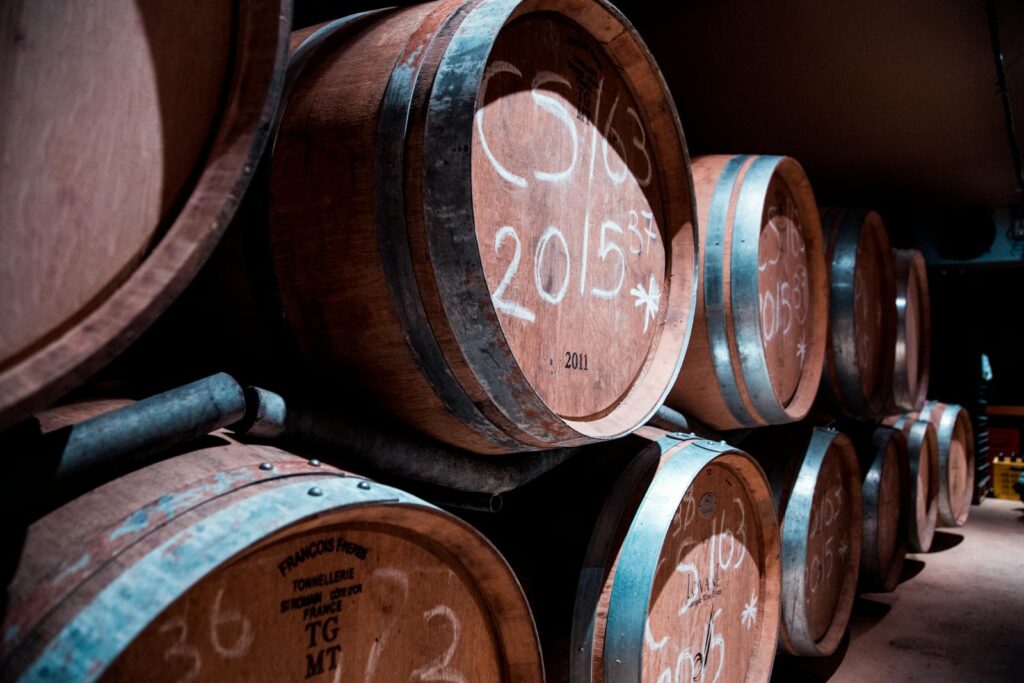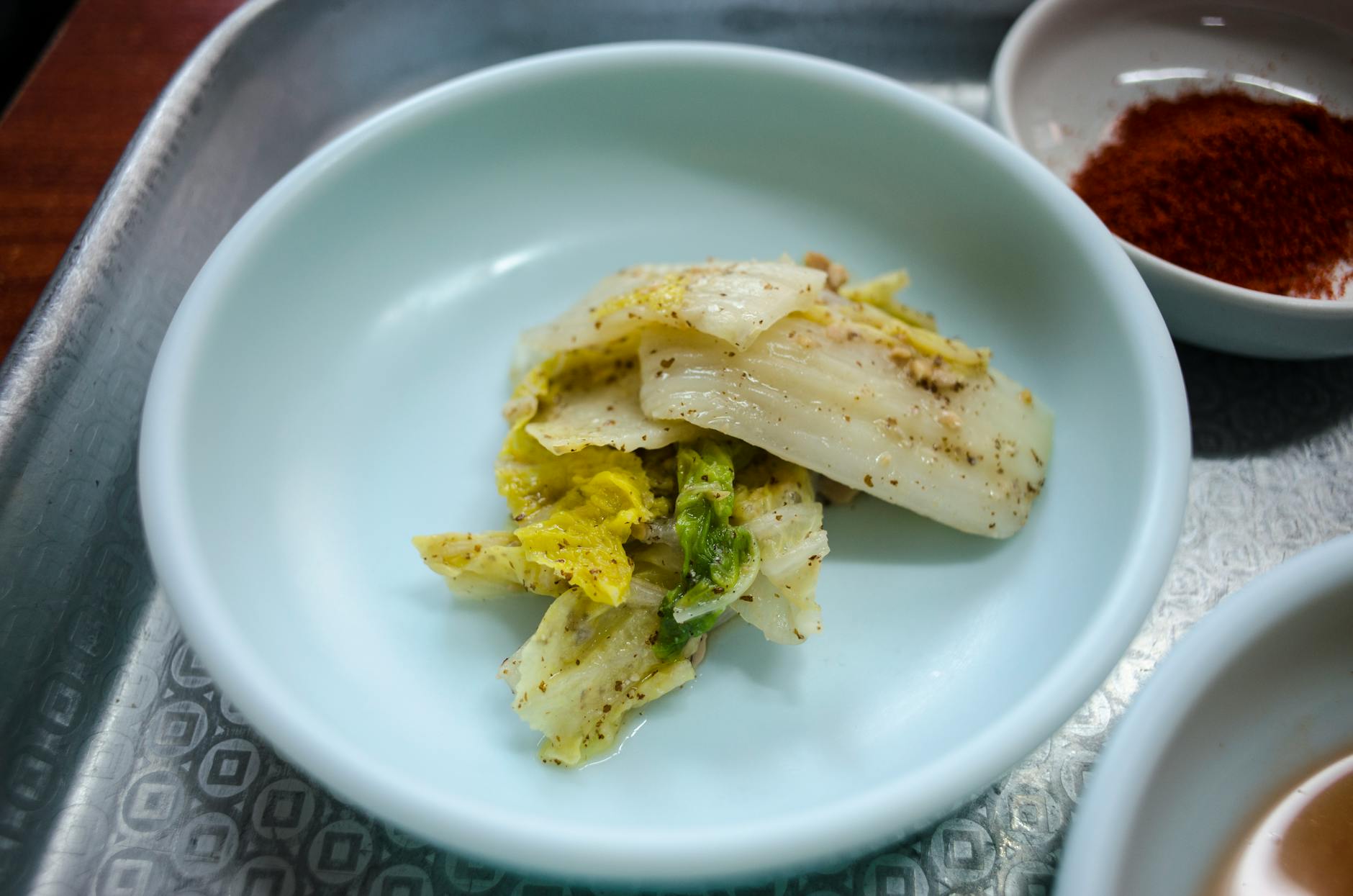Fermented foods like sauerkraut, kimchi, yogurt, and sourdough have been staples for centuries—long before refrigeration or pH meters existed. But today, we can combine traditional fermentation methods with modern food safety knowledge to make these probiotic-rich foods even safer and more reliable.
Whether you’re a fermenting newbie or a seasoned kraut-maker, here’s how to keep your ferments delicious and risk-free.

1. The Golden Rule: Cleanliness First
Traditional: Many cultures rinsed fermentation crocks with boiling water, salt scrubs, or vinegar.
Modern: Wash hands, tools, and jars with hot, soapy water. Use glass, ceramic, or food-grade plastic containers to avoid chemical leaching.
💡 Pro Tip: Skip antibacterial soap—it can leave residues. Plain soap and hot water work best!
2. Salt: Your Fermentation Guardian
Traditional: Salt has always been key—think sauerkraut’s brine or miso’s salt-heavy paste.
Modern: Use non-iodized salt (kosher, sea salt, or pickling salt) to avoid inhibiting good bacteria. The right salt concentration (2–5% for veggies) keeps pathogens at bay while letting lactic acid bacteria (LAB) thrive.
⚠️ Avoid: Table salt with anti-caking agents (they can cloud brines).
3. Keep Everything Submerged (No Mold Zone!)
Traditional: Fermenters used rocks, leaves, or wooden weights to keep food under brine.
Modern: Use glass fermentation weights or a ziplock bag filled with water to block oxygen and prevent mold.
🔍 Spotting Trouble:
- Kahm yeast (white film)? Harmless, but scrape it off—it can affect flavor.
- Fuzzy or colorful mold? Toss the batch. Some molds produce toxins.
4. The Magic of pH: Why Sour = Safe
Traditional: Fermenters tasted for tanginess—a sign of safe acidity.
Modern: Pathogens struggle below pH 4.6. Use pH strips if you want certainty (especially for canned ferments).
🥬 Veggies like cabbage and carrots acidify quickly (thanks to LAB).
🥛 Dairy (yogurt, kefir) needs stable warmth (110°F/43°C) for good bacteria to outcompete bad ones.
5. Temperature Matters (But Don’t Stress Too Much)
Traditional: Ferments were stored in cool cellars or buried underground.
Modern:
- Veggies (sauerkraut, kimchi): 65–75°F (18–24°C) is ideal. Too cold = slow ferment; too hot = mushy texture.
- Dairy (yogurt): Needs warmth (around 110°F) to culture properly.
🌡️ No fancy equipment? A cooler with warm water bottles works for yogurt!
6. When Is It Done? Trust Your Senses
Traditional: People tasted and smelled ferments—trusting their instincts.
Modern: Still the best method! Your ferment should:
✔ Smell sour/tangy (not rotten).
✔ Taste pleasantly acidic (not off or foul).
✔ Have a crunchy texture (if veggies).
⏳ Fermentation Times:
- Sauerkraut: 1–4 weeks.
- Kimchi: 1–2 weeks (or longer for sourness).
- Yogurt: 6–12 hours.
7. Storage: Slow Down the Ferment
Traditional: Crocks were sealed with brine or stored underground.
Modern:
- Fridge: Slows fermentation, preserving texture.
- Vacuum-sealing: Extends shelf life (great for kimchi).
🧊 Freezing? Possible but can change texture (best for cooking, like fermented hot sauce).
When in Doubt, Toss It Out!
Even our ancestors knew when a ferment was bad. If it’s:
- Slimy
- Smells like rot (not sour)
- Has black, pink, or green mold
…don’t risk it.
Final Thoughts: Safe & Delicious Ferments
By combining time-tested techniques with modern food safety, you can confidently make fermented foods at home. The key takeaways?
✅ Keep it clean.
✅ Use the right salt.
✅ Submerge to prevent mold.
✅ Trust your senses (sour = good!)
Now go forth and ferment like a pro—your gut microbiome will thank you!

What’s your favorite ferment? Have any fermentation safety tips? Share in the comments! 🥒🍶

Leave a Reply